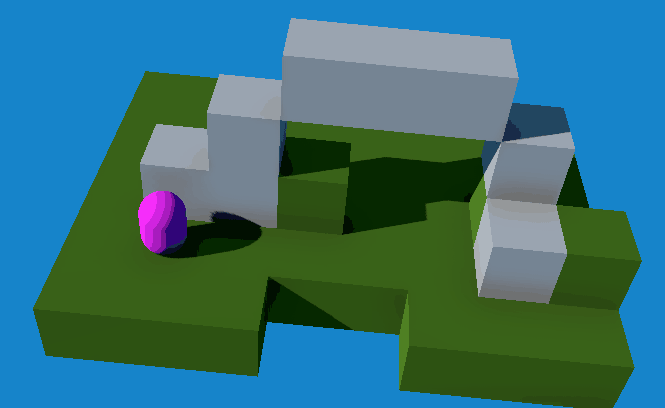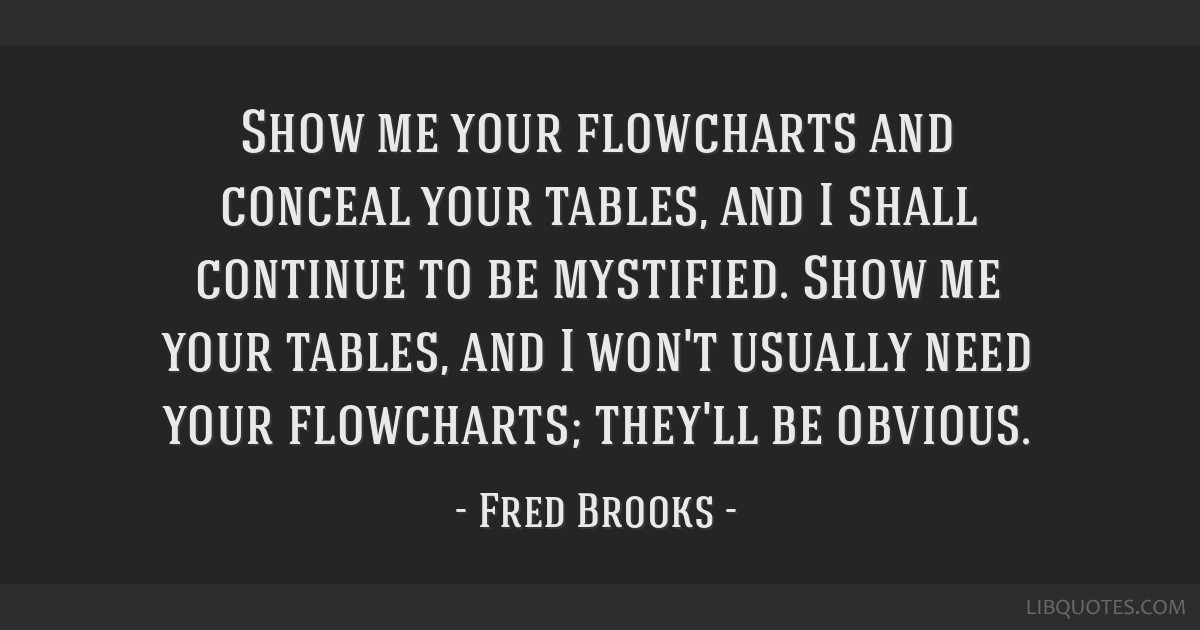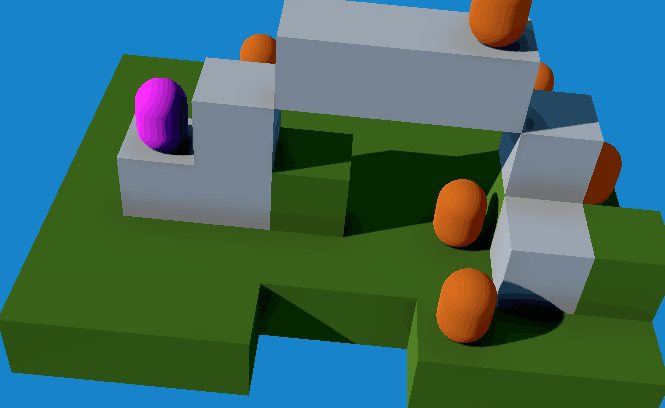xyz Ahh that is right, you could just check if the cell above returns -1 and this is empty... duh...
Well as far as why to do this, in my game eventually I want to have bridges and such or platforms that are above that you can walk under (like there are in Tibia). In 2D there are no actual gaps it's just rendering order.
However, for 3D in 2.5D I assumed this was the best way to do that.



